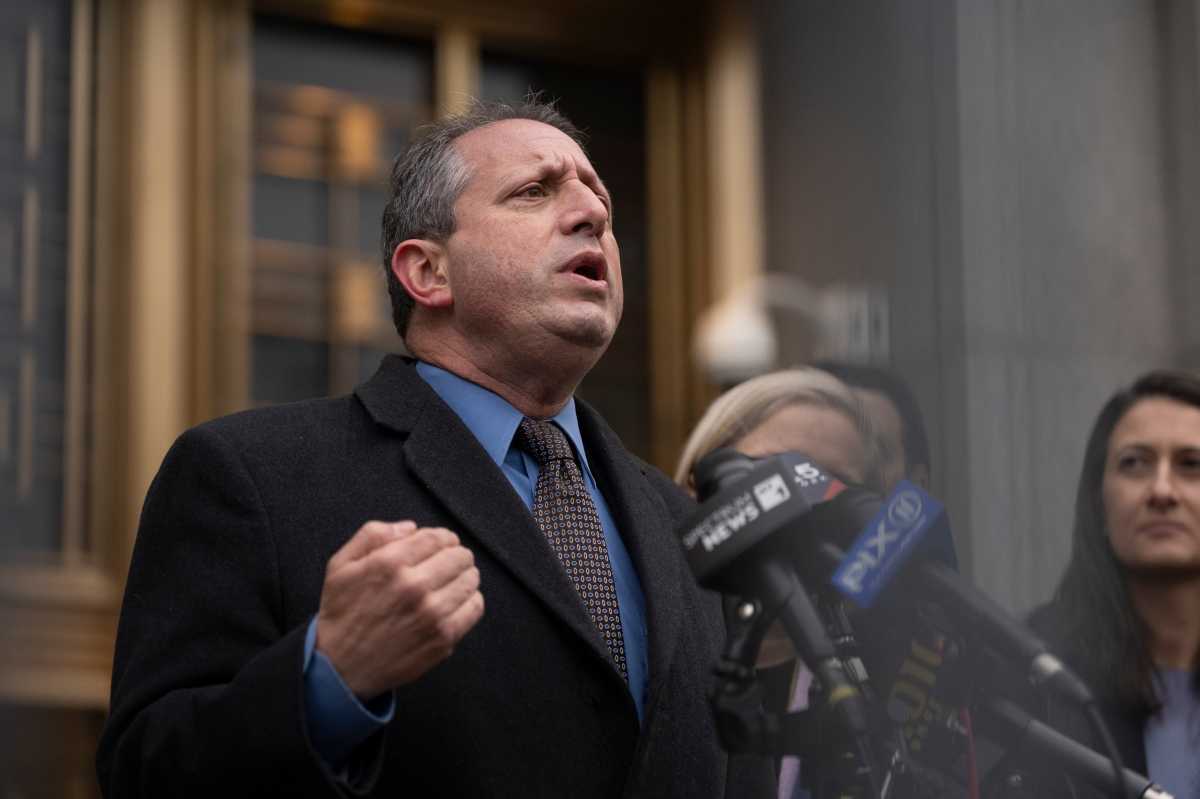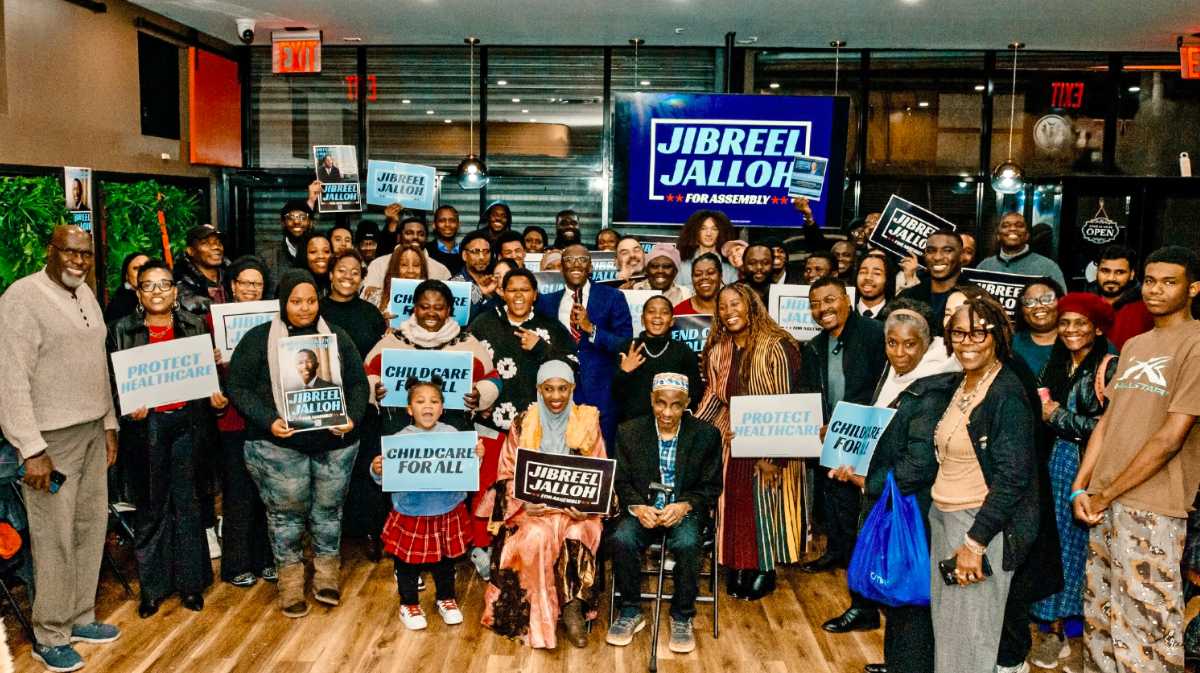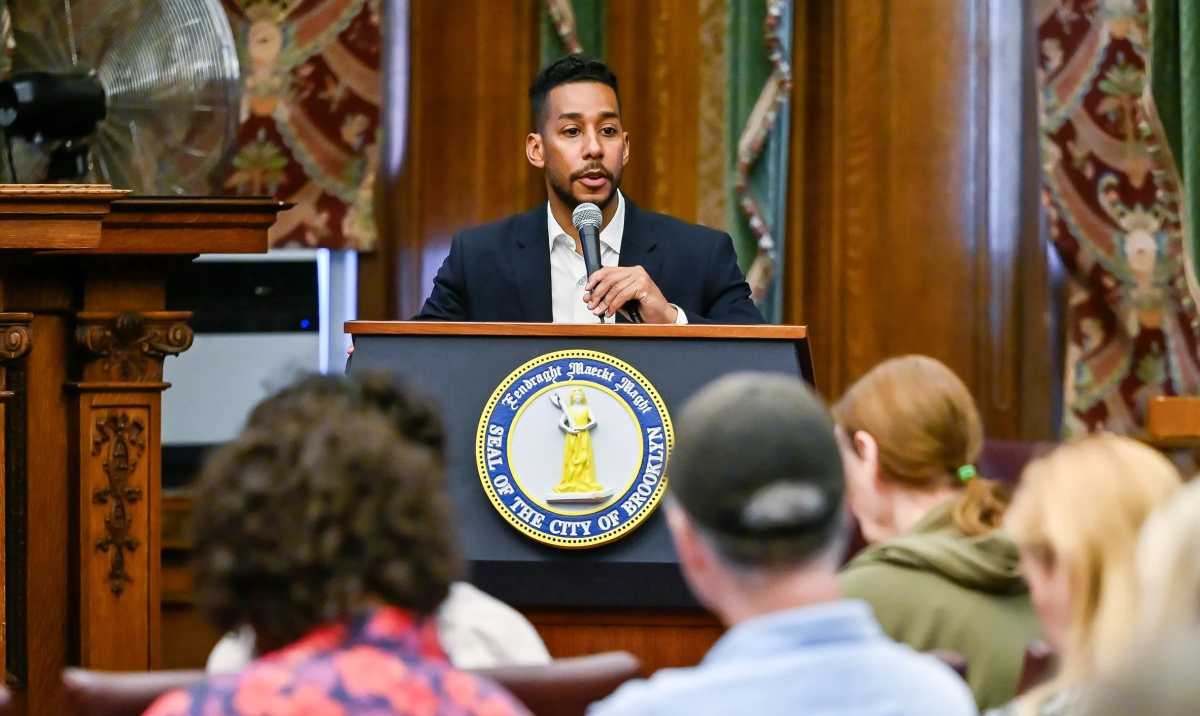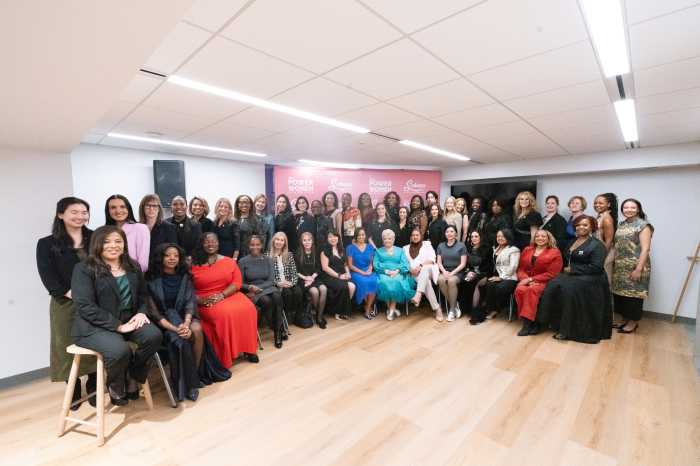Assemblyman Robert Carroll (D-Park Slope, Windsor Terrace, Kensington, Ditmas Park) held a town hall meeting last night to discuss and summarize Governor Andrew Cuomo’s $168.2 billion executive budget proposal.
The meeting, held at P.S. 889, 510 Coney Island Avenue in Kensington, had Carroll provide a breakdown of how every portion of that budget would be spent, while giving his own commentary on what he considered to be the strongest and weakest aspects of the proposal.
The bulk of the meeting was centered around the three most important sectors of New York’s economy: health care, education and transportation.

On the subject of health care, Carroll mentioned that more than a third of the budget – $60 billion, to be exact- will go directly to Medicaid. As he explained, Medicaid is prioritized so heavily because the vast majority of patients in New York hospitals are on some sort of public health plan. Thus, cuts to Medicaid affect all New Yorkers, including those who are privately insured.
“When we see cuts in Medicaid, what happens is we see cuts across the board at our hospitals,” said Carroll. “And that affects all of us.”
On the topic of education, Cuomo’s budget proposal includes an increase in public school funding by 3 percent, or $769 million- less than half of the $1.6 billion increase recommended by the New York State Board of Regents. This, said Carroll, is indicative of one of the biggest problems with the budget: namely, its failure to accommodate the increasing expenses of the city’s public school system.
“The big thing is that, currently, New York City receives less than it should in schooling,” said Carroll. “One of the big things we have to realize is that with inflation and the ever-growing expenses of our school system… we need to keep on increasing school aid, or we will not actually get more dollars to our pupils.”
To address the city’s continuing struggle to keep its public transportation system running smoothly, the proposal includes several new measures to help the MTA keep up with demand. One such measure is the creation of a “congestion zone” in Manhattan, which would charge drivers extra for passing through the borough’s most congested traffic areas. The revenue generated by this new charge would go directly to the MTA’s budget.
These new measures, said Carroll, will ideally help the MTA renovate and modernize the public transit system, in a way that can accommodate the 2.7 billion New Yorkers who regularly commute.
“The need for the MTA is enormous,” said Carroll. “Currently, there’s a minimum of about $50 billion dollars in capital improvements that are needed for the subway system. Every morning, when you get on the F train, or you get on the B or the Q, and you are frustrated when no train comes, it’s because we run so many fewer trains per hour than almost any other modern subway system in the world.”
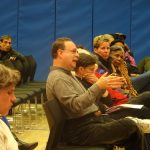
After the overview, a Q&A session was held, during which attendees were allowed to voice their own grievances with the budget proposal. Congestion pricing was a particularly frequent point of contention among the attendees; some questioners felt that it unfairly penalized people who have to commute from Brooklyn to Manhattan regularly, while others expressed skepticism that all of the proceeds would go towards MTA reform.
In response, Carroll maintained that a congestion pricing system is necessary to provide the MTA with a reliable stream of revenue, but conceded that he couldn’t guarantee that “every penny” of the revenue would actually go to the MTA.
“When there are folks out there, elected officials who tell you, ‘I will only support a congestion pricing plan if every nickel goes to the subway system as opposed to MTA funding across the board [LIRR & Metro North],’ they’re treating you like a child,” said Carroll. “They’re creating a standard that will never get done in the state capital. It’ll never happen.”
At the conclusion of the Q&A, Carroll thanked the audience for voicing their concerns and encouraged them to continue doing so over the next month.
“Some of this budget dance can seem trivial, or it can seem almost choreographed, but the thing is, we do need to show the governor that folks in New York City and around the state care about certain things,” said Carroll. “Because if we don’t do that over the next month, then he will not care.”
A second meeting about the executive budget proposal is scheduled for 7 p.m., March 22, at P.S. 321, 180 7th Avenue in Park Slope.




